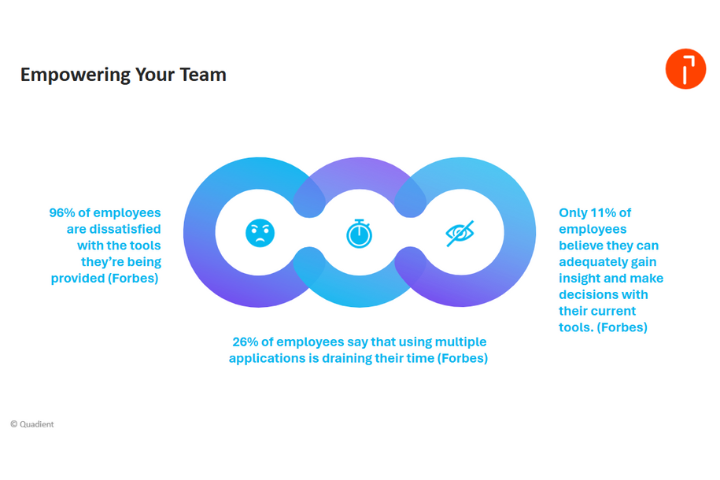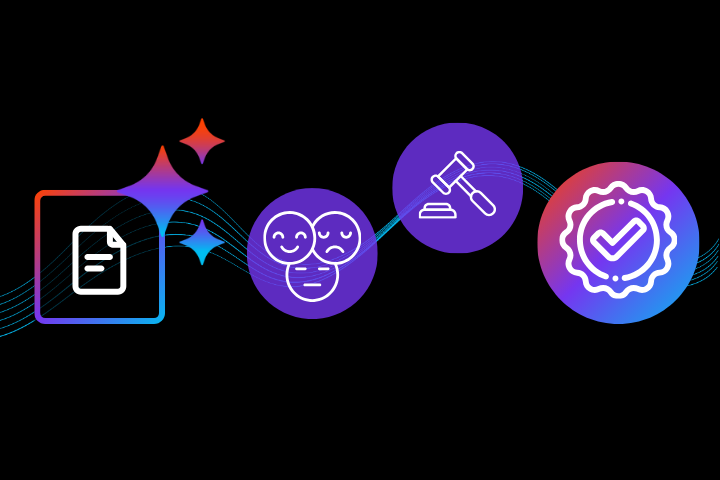
A recent UK Supreme Court decision has reignited the conversation about the use of plain English in customer communications. Highlighted in a recent LBC News article, the ruling makes it clear that businesses must ensure their legal and financial documents are easy to read and understand.
For industries operating under strict regulations—such as financial services, insurance, and utilities—this is more than a legal requirement. It's a customer experience imperative.
Why plain English matters in compliance
The problem of overly complex customer communications is not new, but regulations such as the Consumer Duty have brought it to the forefront. Businesses must now go beyond meeting compliance checkboxes—they must prove that their communications are clear, transparent, and accessible.
A recent study by the University of Nottingham and Browne Jacobson revealed the seriousness of the issue. Some policy documents required A-Level reading skills to comprehend, while overall understanding levels ranged from only 32% to 66%. In one extreme case, just 13.4% of UK adults could understand the content of a document.
This lack of clarity not only creates frustration but also risks regulatory non-compliance, thereby undermining customer trust and damaging the brand's reputation.
The broader impact beyond Insurance
While insurance policies are often cited as examples of complex documents, the problem extends across sectors. The Supreme Court's ruling specifically addressed consumer credit agreements, reinforcing the legal obligation for businesses to avoid confusing or misleading language.
Both the ruling and the Browne Jacobson research highlight the same solution: improve readability by adopting plain language communication strategies. This means simplifying word choices, rephrasing lengthy sentences, and avoiding jargon that customers cannot easily interpret.
Technology as a solution
A wide range of tools are now available to help organisations tackle this challenge. These solutions can assess text for sentiment, readability, and reading age, while also suggesting improvements—making it easier for businesses to ensure their communications are clear and accessible. For companies like Quadient, which supports regulated customers with critical customer communications, it is essential to provide these capabilities at the very moment business users are creating important content and templates.
Our approach is to embed these functions directly within our interfaces, giving customers confidence that their regulated communications will comply with key directives. While we have preferred options, customers are not limited to them; they also have the flexibility to integrate their own (often AI-driven) solutions to meet specific needs.
Quadient's commitment to customer clarity
At Quadient, we believe that plain English communication is not just about compliance—it's about building stronger customer relationships and improving customer experience. As regulations evolve, we continue to monitor industry developments and align our technology to ensure customers remain compliant and competitive. We invite organisations facing challenges with communication clarity to connect with us. Together, we can make customer communications more straightforward, more transparent, and more effective for businesses and consumers alike.







